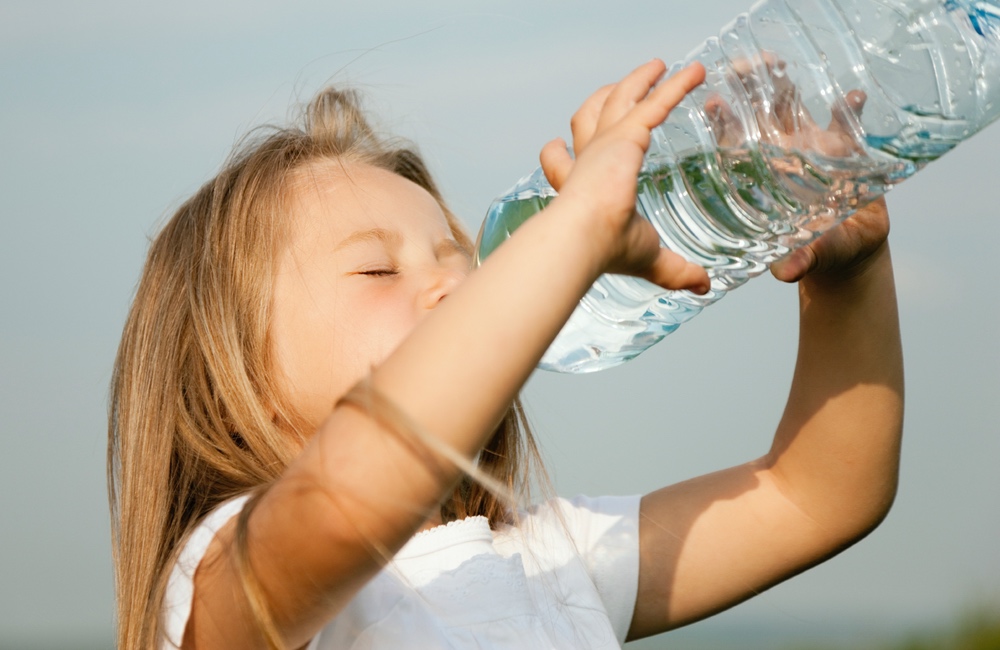On any given day, about one out of five children drink no water at all. Instead they quench their thirst with high-calorie, sugary beverages. The result, not surprisingly, is they consume too much sugar and are at risk to become overweight.
This picture of the beverages children drink comes from a study using data collected through the National Health and Nutrition Examination Survey. It included information on 8,400 children, ages two to 19.
Sodas may be the first thing that comes to mind when you think of sugary beverages, but fruit juice drinks, sports drinks, energy drinks, sweetened tea and coffee drinks are also loaded with sugar that kids don’t need.If your child balks at the idea of drinking plain water, dress it up with lemon, lime or orange slices. Let them use a silly straw, but only for drinking water.
While 200 extra calories a day may not seem like much, it only takes 3,500 excess calories to gain one pound. In less than a month, a child could gain a pound simply from drinking sugary beverages on a regular basis.
In some areas, distrust of the water supply due to lead or other contaminants it may contain is real problem and may lead to kids drinking more soda or juice drinks, the Penn State researchers point out. Bottled water is as easy to purchase as other beverages and generally less expensive. Parents — and kids — just need to make that choice, at least some of the time.
When kids are thirsty, water should be the go-to beverage. Other acceptable options include 100 percent fruit juice (1/2 cup portion), or beverages that are lightly sweetened by parents or caregivers, such as home-brewed tea or homemade lemonade.
If your child balks at the idea of drinking plain water, dress it up with lemon, lime or orange slices. Freeze berries in ice cubes. Buy ice trays with cute shapes. Let them use a silly straw, but only for drinking water. Most importantly, be a role model. Keep a pitcher of water in the refrigerator or use the water dispenser, and set an example of drinking water when you are thirsty.





